Aspromonte
An expanse of uncontamined woods sloping towards the coast, imposing natural monuments, and wild waterways crossed by suggestive rock formations. Aspromonte can be considered a true paradise of biodiversity, an immense container of colours, lights, and contrasts able to leave anyone speechless who is lucky enough to visit its places and cross its paths.
In the Aspromonte National Park, established in 1989 as the sixth Italian park, about 1,500 species coexist, or more than half of the entire regional heritage. It is an ecosystem located at the centre of the Mediterranean whose richness and extraordinary variety are due to its unique climatic and orographic characteristics and which find in the larch pine the tree that is symbolic of the entire area.
In the massif they stand out against the floristic biodiversity, and there is also a great faunal richness that includes many animal species among birds of prey (golden eagle, the eagle owl, the short-toed snake eagle, and the sparrow haw, just to mention the most well-known) and mammals such as the wolf, which just recently came back and populated the habitat of the Reggio mountain, the black squirrel, the wild board, the marten, and the wild cat. A privileged destination for those who love and are passionate about the mountains, the park offers numerous nature trails to explored on foot, skis, by canoe, bicycle, or on horseback.
In the winter season, with the spectacle of the snowy hills from which it is possible to see the Messina Strait until the summer, Aspromonte offers breath-taking landscapes in which the mountain seems to caress the sea, in an exciting carousel of emotions that from the great peaks extends to the Tyrrhenian and Ionic sides. Of great value is also the heritage of traditions that the Aspromonte Mountain has preserved and handed down for centuries. The ancient arts, customs, and cultural imprints that are revived today in activities related to local crafts, food and wine, the Greek dialect spoken in the Greek area communities, folkloristic demonstrations in the square, and the strong bond that unites the land with the faith and that finds in Polsi one of the symbolic places of worship, a meeting point for thousands of pilgrims each year.
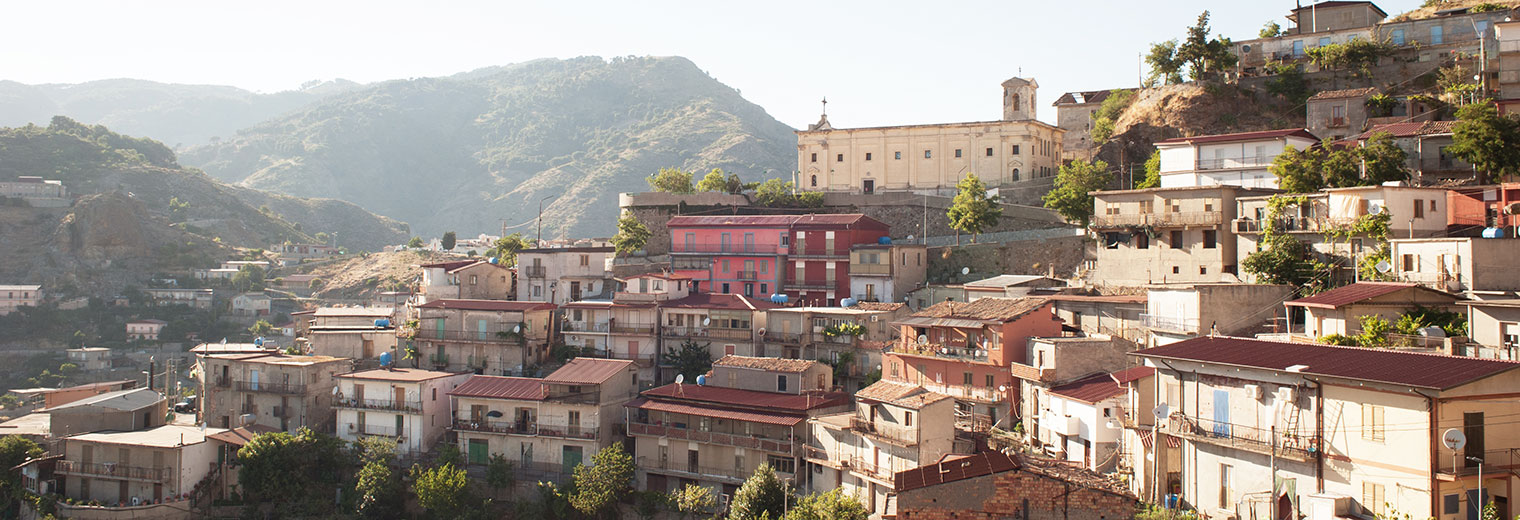
Roccaforte del Greco: kalos ìrthete sto Vunì stin cardìa tu Aspromunti
Roccaforte (Vunì, “the mountains” of Greek Calabria) is a town in the Hellenophonic area, located in the Aspromonte National Park at 971 s.l.m., which today has just over 500 inhabitants. As the name indicates, it is a village perched on a mountain overlooking the southern slopes of Aspromonte. In t [...]
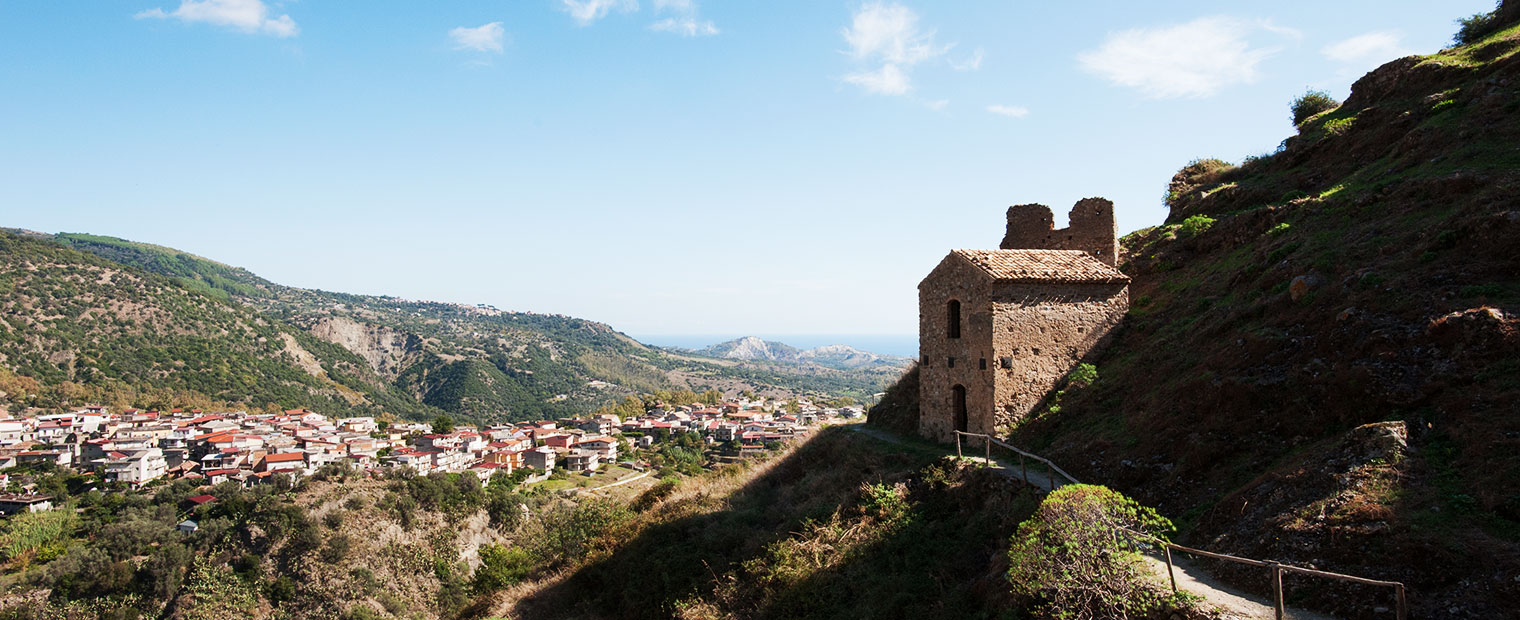
Samo: the home of the Pythagoras of Reggio
Founded by the Greeks who fled from the island of Samos due to the infrequent incursions of the Persian army, Samo was an important Magna Graecia port characterised by intense commercial activity with Greece and the Magna Graecia poleis. Homeland of the sculptor Pythagoras of Reggio, as written by P [...]
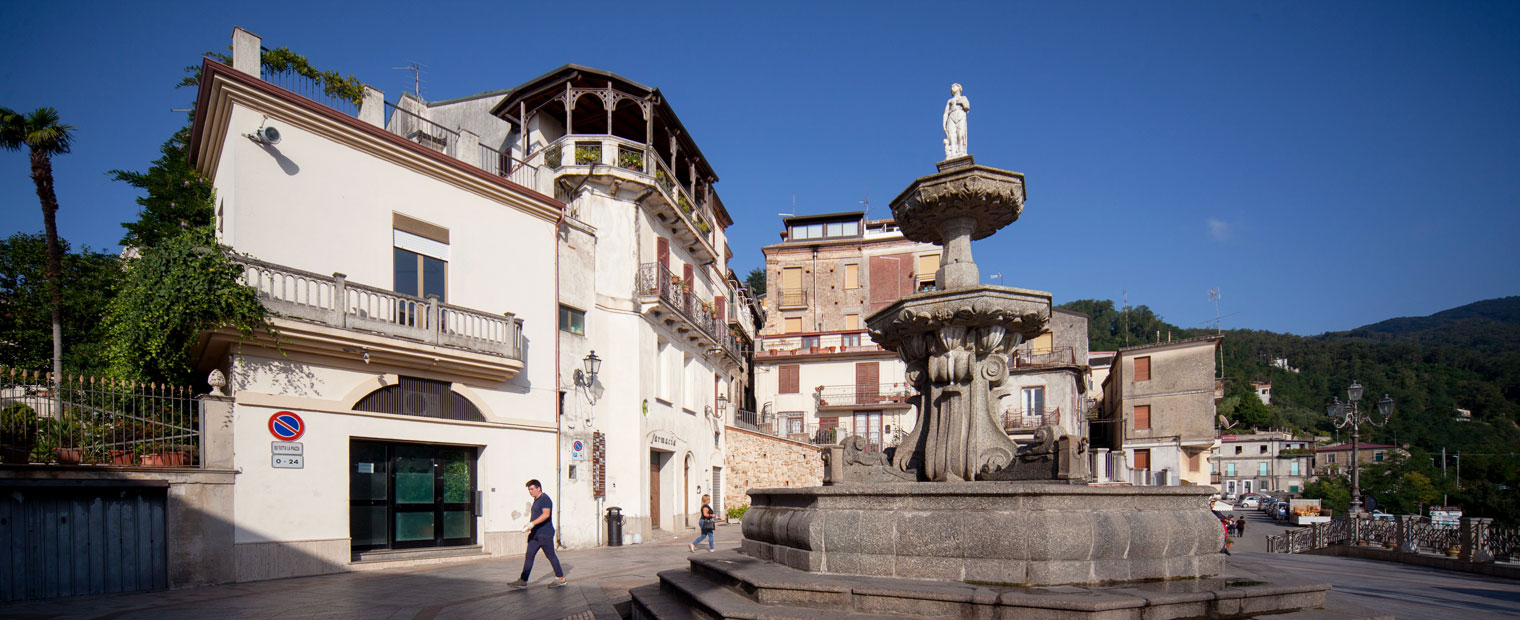
San Giorgio Morgeto: the Middle Ages are here
With its typical medieval layout, San Giorgio Morgeto is town rich of historical wonders. One of the 37 municipalities that are part the Aspromonte National Park, dominated by the Castle of the same name, dates back to 1296 and is a great example of Norman-Swabian defensive architecture in Calabria. [...]
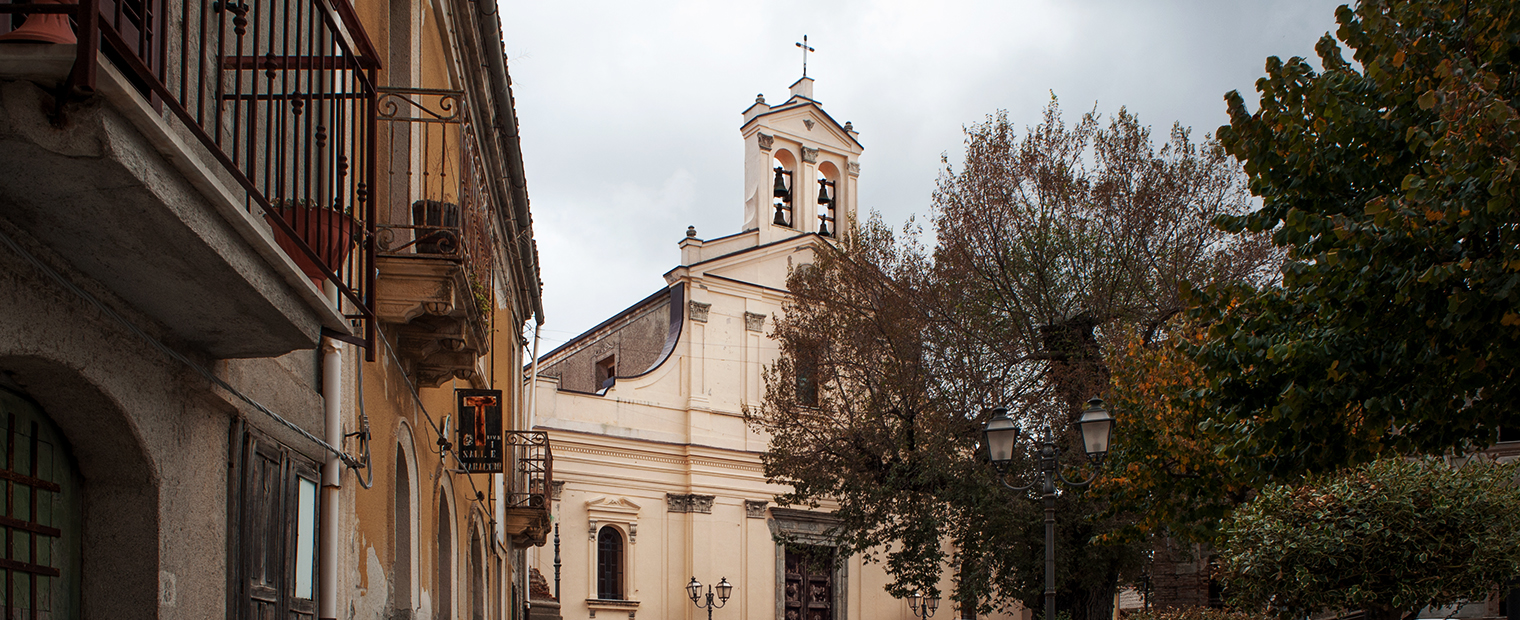
San Lorenzo: one of the last villages to abandon the Greek language
Of great historical importance, San Lorenzo is a small town of Byzantine origin, characteristic and extremely fascinating, in which Greek was spoken until the first half of the 18th century. Added to this are the hamlets of Chorio, San Pantaleone and San Lorenzo Marina, a village that over time has [...]
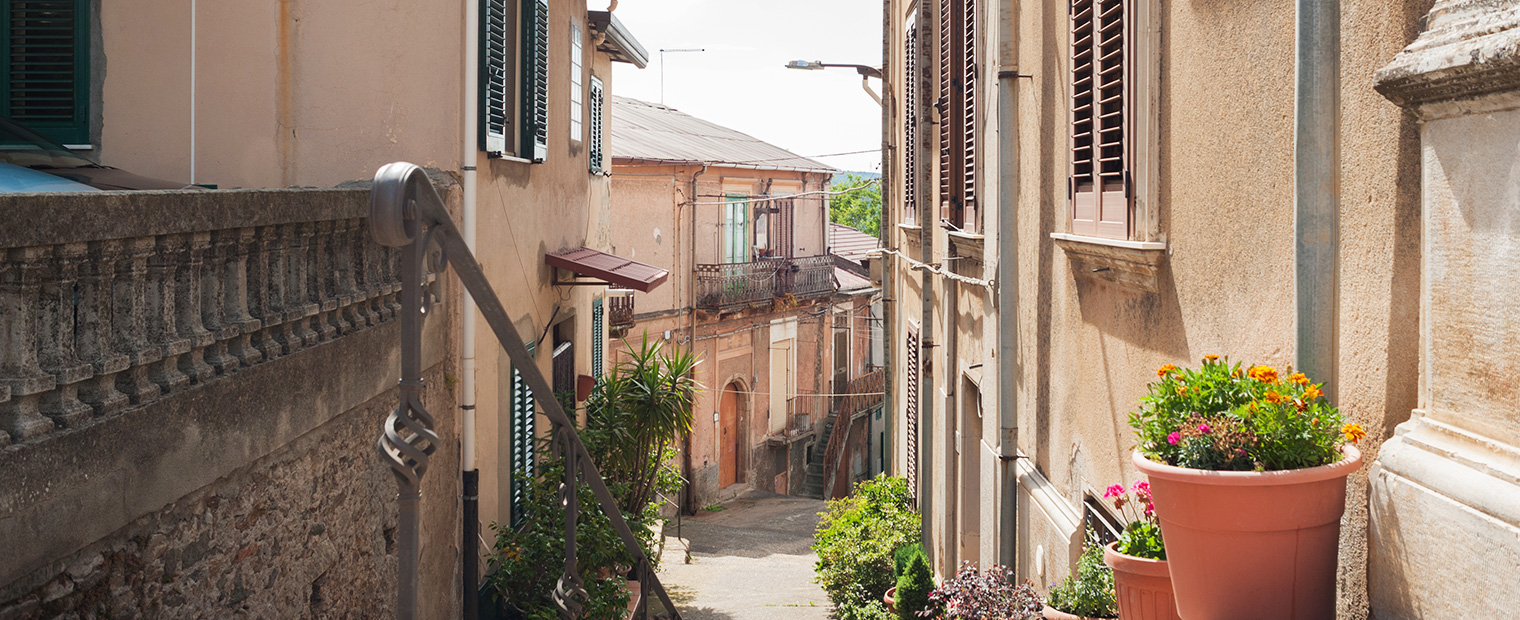
Santa Cristina d’Aspromonte: Diruta, Nuova, D’Aspromonte!
The toponym linked to the cult of the saint can be traced back to Greek documents from the 10th century onwards, “Αγία Κρίστίνα”, which was the latinised in “Clerici S.Christine”. According to other scholars, the name may derive from the ancient castle, mentioned in the lift of S. Elia il Giovane (“ [...]
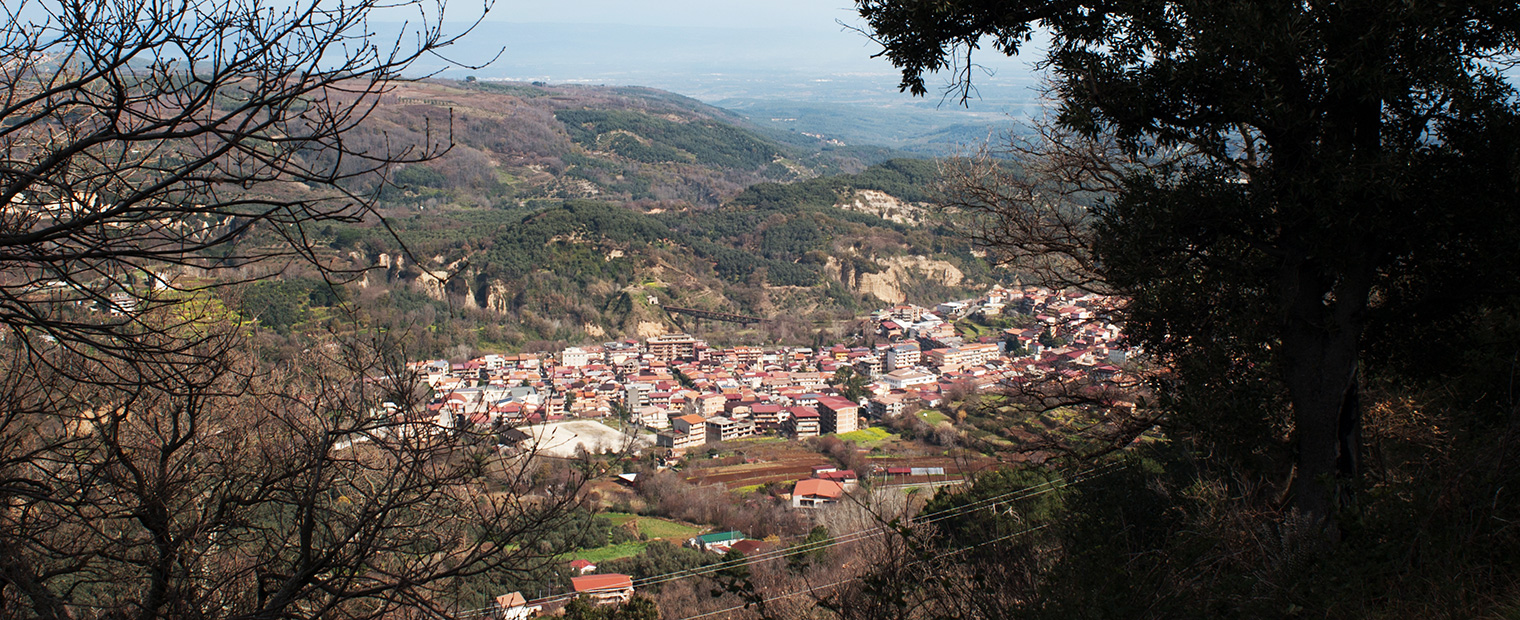
Sant’Eufemia: nestled between Aspromonte and the sea
The presence of numerous persistent traces at various levels in the current village all converge towards the certainty that Sant’Eufemia d’Aspromonte was in ancient times a residential nucleus founded by the Greeks. In fact, there are Greek influences in the dialect that is still spoken today; the t [...]